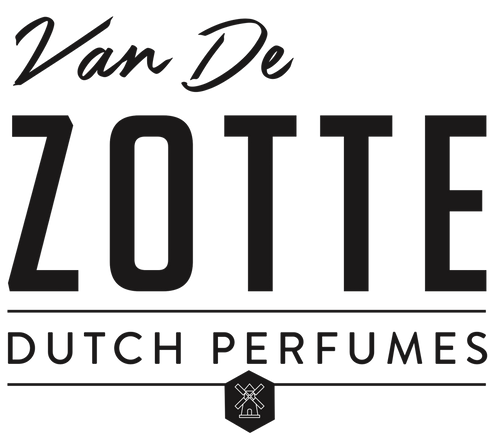Developing WAD
Capturing the smell of the Wadden Sea
At the start of 2024 I have started the development of what should become my 4th perfume: WAD. According to most of my customers and fans, my next perfume should be one that pays tribute to the sea, as the Dutch for centuries have been battling the forces of the North Sea. And as a matter of fact, this sea has shaped our country.
Part of the North Sea is the Wadden Sea, which is the largest unbroken system of intertidal sand and mud flats in the world. The site covers the Dutch Wadden Sea and extends to the German and the Danish coast. The Wadden Sea is one of the last remaining large-scale, intertidal ecosystems where natural processes continue to function largely undisturbed. For this reason in June 2009, the Dutch and German part of the Wadden Sea was officially designated as UNESCO World Heritage. In 2014 the Danish part was also added.
Most of the Dutch have visited one or more of the Wadden islands at least once in their lives. Some of them come back every year as the islands are a place of creating memories. Mainlanders lose their stress and sorrows as soon as they step foot on the boat to these islands. It's an almost magical place where time seems to stand still, eventhough the islands are always on the move.
By interviewing the islanders I hope to find out what is causing this magic in order to succesfully capture the smell of the Wadden in a perfume.
It's an almost magical place where time seems to stand still, eventhough the islands are always on the move.
Adrie & Ineke Vonk, De Koog
Coming from a family of fishers who had been sailing the North Sea and Wadden Sea for many generations, Adrie & Ineke Vonk are well known on and off the island of Texel. Decades of fishing didn't only bring them fish. They would often find ancient bones from whales in their fishing nets, for which their interest and love for whales grew over the years. This eventually led to them having the largest collection of whale bones in Europe. With even a tiny bit of real ambergris.
I had the privilege to meet and interview Adrie and Ineke in the midst of their collection of whale bones. If anyone, they would definitely be able to describe the smell of the Wadden Sea.
According to Adrie & Ineke, the true Wadden smell can be experienced when on a sunny day, at low tide, the sun is warming up the sea weeds or "floáp".
Another typical smell for them is the smell on board of their ship, the TX-01, specifically the 'wet room' where you would come in to change the dirty and wet clothes before going inside to warm up. A mixture of evaporating sea water, rubber and oil.
Jan Hottentot, De Cocksdorp
Another fisherman but not one who goes to the North Sea with a trawler, Jan Hottentot gets his fish closer to home. Ever since he was 12, he has been going to the mud flats almost every day. "The stretch between Texel and Vlieland is so quiet. There, apart from a few seals, is no one else."
Jan Hottentot adapts his workday to the weather and the season. Some days he takes his tiny boat out to check if he has some eel in his nets. And when there is demand, at low tide he digs for lugworms in the sand, or he collects oysters and brings them to the restaurants on Texel. When you eat oysters on Texel, chances are that they were collected by Jan.
Jan has spend almost more time on the mud flats than on the island, so his knowledge about the smell of the Wadden Sea is unique. But he could not imagine it being a perfume "because the smell is a mixture of mud, algae and seaweed that changes every season". Fortunately he also mentioned a good smelling plant that grows on the salt marshes in Summer; Sea Aertemisia.
Sex hormones and algae
When you ask people how this Wad perfume should smell they all mention 'salt.' But frankly salt does not have a smell. According to marine biologist Inez Flameling the actual smell at sea seems to be caused by a mixture of chemicals of which dimethyl sulphide is the main cause of the smell. This gas is produced by bacteria when they eat dead algae and dead sea weeds. You will find this same gas in beer and farts...
The other chemicals are dictyopterenes, which are 'seaweed sex hormones' meant to attract seaweed sperms. So the sea smell we all love is just a mixture of dead algae and sex hormones.
Capturing the smell of the Wadden Sea and turning it into a wearable perfume will be a challenging project, which will hopefully have a succesful end around the Summer of 2024.

Expected: Summer 2024







